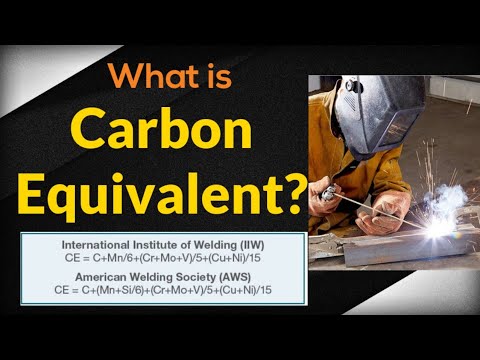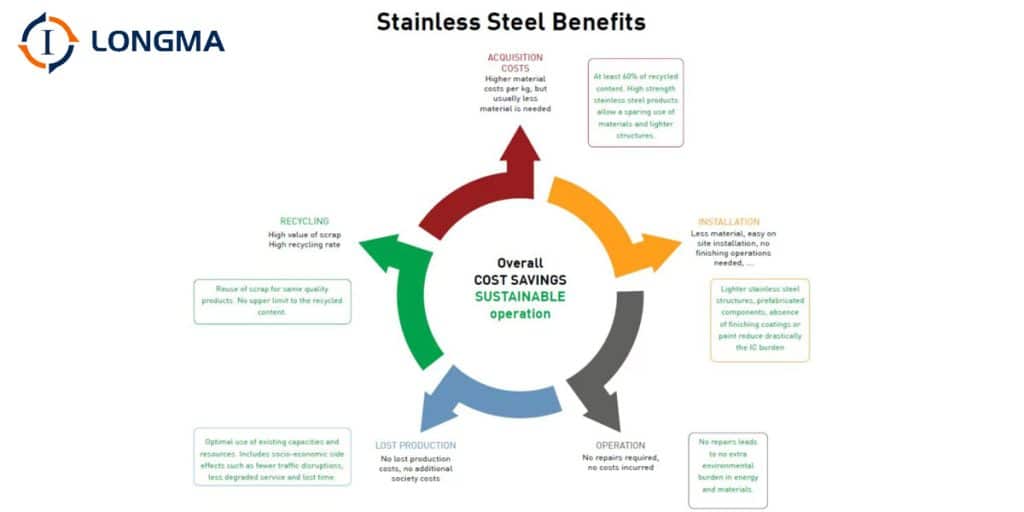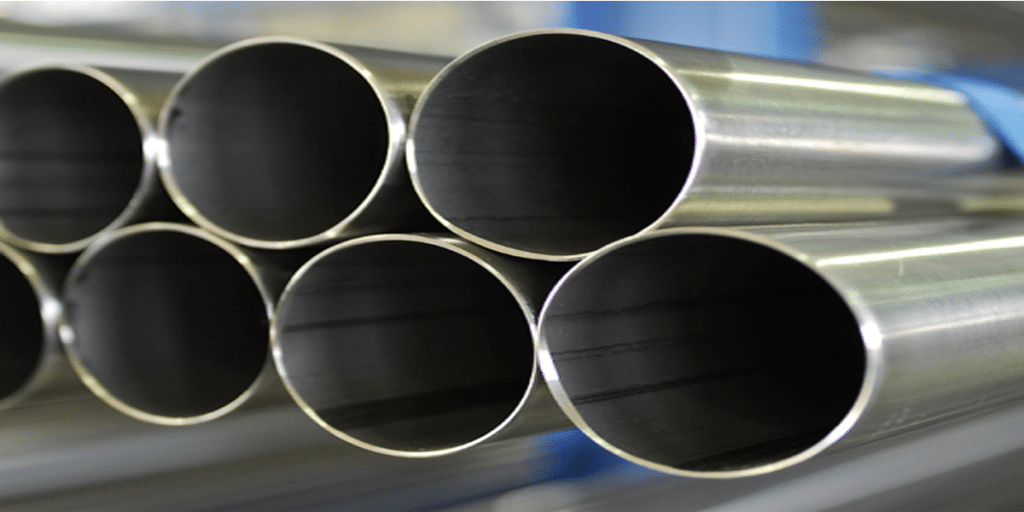- 1. What is ASTM A53?
- 2. Advantages and Disadvantages of ASTM A53 in Structural Applications
- 3. Comparison of Key Data
- 4. Key Points for Manufacturing and Quality Control
- 5. Engineers’ Selection Recommendations
- 6. Brief Conclusion
- 7. Why Choose LONGMA? (Contact Us — Professional Support and Supply Assurance)
In many non-critical, non-load-bearing, or secondary load-bearing structural scenarios, ASTM A53 pipes are an acceptable and commonly used option. However, for critical structural components with strict requirements on yield strength, low-temperature toughness, fatigue resistance, or seismic resistance, designers usually prioritize specialized structural steel pipes (e.g., ASTM A500/EN standard structural sections). This conclusion is based on the scope of application and mechanical property requirements of the ASTM A53 standard, as well as common practices in the engineering industry.
What is ASTM A53?
ASTM A53 (equivalent to ASME SA-53) is a standard specification for black/galvanized, welded, and seamless steel pipes, covering common sizes from NPS 1/8 to NPS 26. It is categorized by manufacturing type: Type F (furnace-welded/continuous-welded), Type E (Electric Resistance Welded – ERW), and Type S (seamless); and by two strength grades: Grade A and Grade B. This specification is positioned for “mechanical and pressure-containing applications” and can also be used for general steam, water, and gas pipelines, as well as general purposes.
Advantages and Disadvantages of ASTM A53 in Structural Applications
- When It Is Suitable for Use (Typical Scenarios)
- Secondary components of supporting trusses, handrails, guardrails, temporary scaffolding components, and non-critical tubular decorative/supportive structures.
- Scenarios requiring forming (bending, rolling), welding, or hot-dip galvanizing for corrosion protection (hot-dip galvanized ASTM A53 products are commonly available).
These applications align with the “mechanical and general-purpose” positioning of ASTM A53.
- When It Is Not Recommended or Requires Caution
- Critical load-bearing components (e.g., main bridge girders, floor load-bearing columns, components subject to impact or high fatigue cycles) — these scenarios typically require proven stable yield strength, strict cross-sectional performance, and low-temperature toughness. Engineering design specifications often specify structural pipes (such as ASTM A500, EN 10210/10219).
- In low-temperature, harsh corrosion-resistant, or long-term high-pressure/high-temperature service environments, the versatility of ASTM A53 may be insufficient. Material selection should be based on project specifications, or additional testing/heat treatment should be conducted.
Comparison of Key Data
| Indicator | ASTM A53 Grade A | ASTM A53 Grade B |
| Minimum Tensile Strength | ~48,000 psi (≈330 MPa) | ~60,000 psi (≈415 MPa) |
| Minimum Yield Strength | ~30,000 psi (≈205 MPa) | ~35,000 psi (≈240 MPa) |
| Common Applications | Low/medium-pressure pipelines, general mechanical structures | Higher-strength working conditions, industrial pipelines, or structural pipes requiring higher strength |
Data Source (Common reference values; refer to specific standards/supplier test reports for accuracy): Summary of industry materials from Fedsteel, Industrial Tube, etc.
Key Points for Manufacturing and Quality Control
- Weld treatment for ERW pipes: For ERW pipes of ASTM A53 Grade B, the specification generally requires tempering or equivalent heat treatment of the weld seam (to eliminate residual stress and ensure joint performance). When purchasing, confirm the supplier’s factory inspection and weld treatment records.
- Mill Test Certificate (MTC) and testing: For structural or load-bearing components, 1/3.2 class inspection documents, chemical composition reports, and mechanical test reports must be required. Non-destructive testing (UT/RT) and hydrostatic testing should be conducted if necessary.
- Performance after forming/welding: On-site secondary forming or welding may change the local performance of thin-walled pipes. Requirements for formability and welding processes should be specified, and corresponding process tests should be carried out.
Engineers’ Selection Recommendations
- First refer to design specifications/tender documents: If the specifications clearly require “structural steel pipes” or specify ASTM A500/EN standards, compliance with the specifications should be prioritized.
- Compare yield strength and toughness based on load-bearing/fatigue/low-temperature requirements: If the design has lower limits for yield strength or impact toughness, verify whether the Grade and process of ASTM A53 meet the requirements before use.
- Require complete MTC and necessary NDT reports, and check weld tempering/heat treatment records (for ERW Grade B).
- If necessary, give priority to specialized structural steel pipes (ASTM A500/EN series), or conduct additional heat treatment/testing on ASTM A53 to meet engineering requirements.
Brief Conclusion
- It can be used, but “scenario-dependent”: ASTM A53 is a reasonable and cost-effective choice in numerous non-critical structural scenarios. However, for critical load-bearing components, components subject to long-term fatigue, or components that need to meet specific design specifications, specialized structural pipes or more stringent testing and certification requirements should be prioritized.
Why Choose LONGMA? (Contact Us — Professional Support and Supply Assurance)
LONGMA is a manufacturer specialized in round steel pipe production for over 20 years. Our product range covers ERW and LSAW (Longitudinal Submerged Arc Welded) pipes in large and standard sizes, serving both structural and pipeline markets. Our advantages include:
- A complete factory inspection system (chemical testing, tensile testing, impact testing, UT/RT).
- Controllable ERW pipe weld heat treatment and processes, with the ability to provide process records meeting project requirements.
- Rich experience in export and engineering projects, with the ability to provide documents in accordance with tender specifications (MTC 3.1/3.2).
- Flexible inventory and customization capabilities, supporting hot-dip galvanizing, surface treatment, and cutting services.
If you need material selection recommendations or quotations based on your project’s load-bearing conditions, design specifications, or budget, please contact us or send your project specifications (drawings/structural requirements/standards). LONGMA’s engineers will provide actionable material and inspection solutions through one-on-one consultation.





